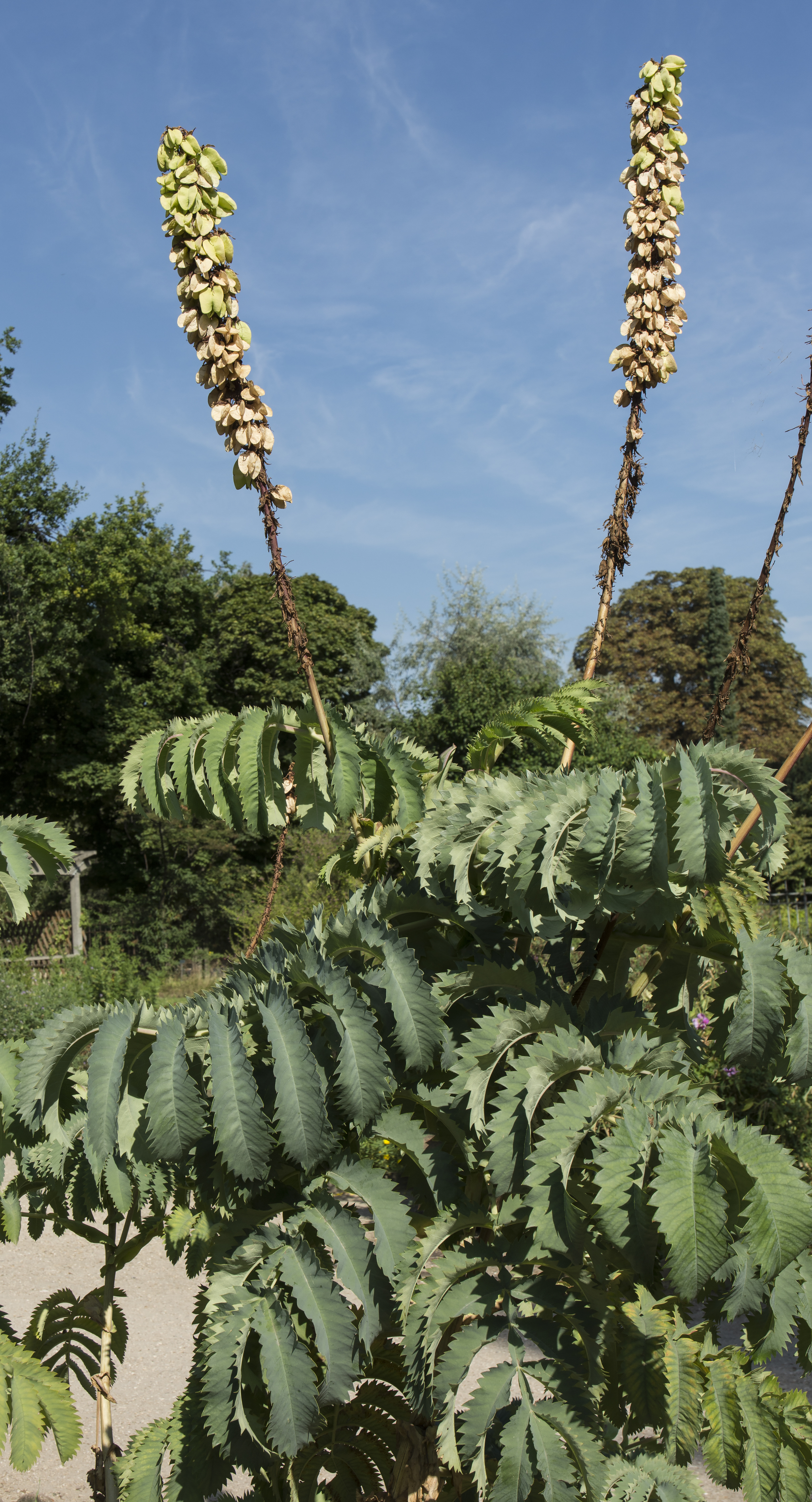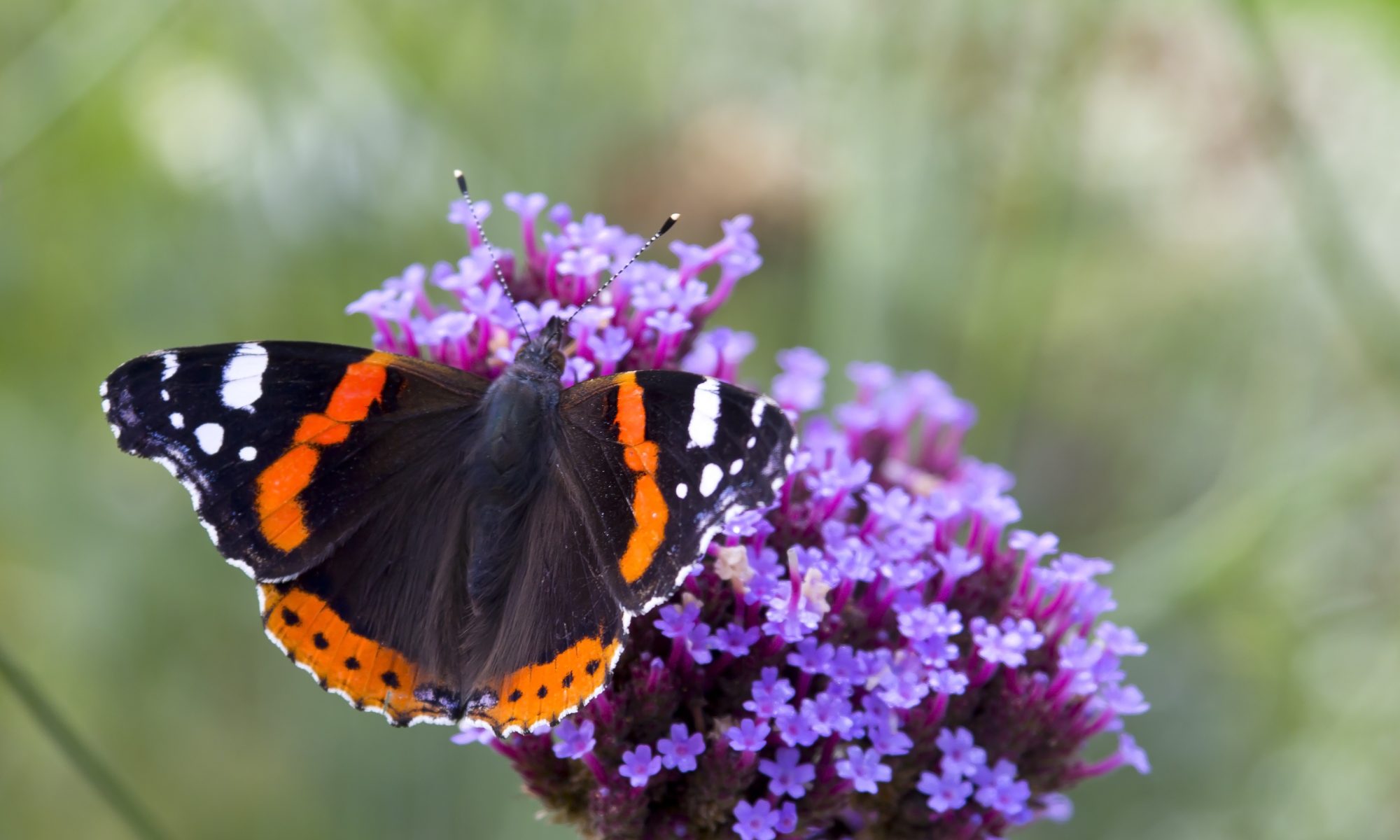Give your garden’s hues true staying-power by selecting blooms that will provide a vibrant display all summer
Where have all the flowers gone? It seems like only last week that the borders were full of colour, and now they’ve faded – just when summer is in full swing and we are outside, eating alfresco and enjoying the warm days. The trouble is that our traditional cottage garden, classic English blooms don’t always last for long. Most will have finished flowering by July and can also have quite straggly foliage by that time too. Do not despair. There are ways to salvage the situation and keep the garden brimming with colour for months to come.
Chop chop
Before rushing out to the garden centre to buy more plants, take a look at those already in the borders. If you have geraniums, lupins, delphiniums and other flowers that grow up from the base, cut them right back now that they’ve finished flowering. Be ruthless and cut everything – flower stems and foliage to the ground – and by August they will be back, with a repeat show of flowers and tidy new leaves.
Endless flowers
If you do find yourself wanting to buy gap fillers there are a few amazing plants out there that we should make plenty of room for in the garden. These star performers will flower from June until forever, providing continual colour without much fuss until the frosts stop them in their tracks.
Verbena bonariensis has tall, delicate purple flowers on long wiry stems that will weave their way though other plants. Butterflies and bees love this flower, but you may go off it a bit, as it may rampantly self-seed all over the garden. Lower growing and spreading, is Geranium ‘Rozanne’, once voted plant of the century no less at RHS Chelsea Flower Show, this is a truly amazing geranium, but may need trimming back if it sprawls about too much or gets above itself.
Another low growing, endlessly flowering plant is the everlasting wallflower Erysimum ‘Bowles Mauve’, which is also evergreen. It will flower on and off from March until November, but despite its name, it does get a bit tired looking after a few years of non-stop blooming. The good news is that it’s easy to take cuttings from.
Tall, floaty and delicate Gaura ‘Whirling Butterflies’, its flowers perched along the wiry stems like a proliferation of pretty little butterflies is also wonderfully floriferous. Like many of us it prefers a sunny open situation and won’t like sitting in cold, wet clay through the winter.
Dahlias are in full swing now, and with any luck will provide a sumptuous summer spectacle from now until the frosts. They are greedy plants and need rich, well drained compost and plenty of moisture. Dead head them regularly to keep the flowers coming and then, once the frost has cut them back, either lift and store the tender tubers somewhere frost-free for the winter, or heap up with mulch and leave them to take their chances.

Gap fillers
This is where annuals come into their own – cheerful, abundant and merrily flowering all summer long – providing you can stop them from setting seed. They are great for filling gaps where there were early flowering bulbs and biennials and can either be grown (or bought) in pots to plant out, or sown directly from seed where they are to flower. Annuals might only live for one year, but they pack an immediate punch because they’re in such a huge rush to complete their life cycle. Dead heading thwarts the process and makes them produce more flowers. Annual flowers like cosmos and sweet peas respond well to this and make lovely cut flowers too. For a light and frothy contrast try airy umbellifers like Ammi magus or Orlaya grandiflora. Love-in-a-mist is another floaty flower and – like the annual opium poppy – has pretty seed heads that last for a long time.
Structure – and colour – from shrubs
Shrubs provide height, presence and act as the backbone of a mixed border, carrying it through the seasons as the more ephemeral flowers come and go. It pays to think carefully about which of them to grow, and to choose those that will work especially hard to earn their keep, producing flowers, berries, autumn colour or evergreen foliage. Colour can also come from leaves – and leaves last longer than flowers. Think about the overall shape too and about how large they will get. Aim for contrasting habits so that you don’t end up with a line of dumpy ‘Mr Blobbys’.
Many of the familiar flowering shrubs – Philadelphus, Weigela, Spiraea and Choisya etc have finished flowering by July, but there are some good late summer bloomers. Hydrangeas have long-lasting bracts that fade beautifully into autumnal shades (and also make great cut flowers), Hibiscus will provide an exotic boost in shades of pink, blue or white, and the Buddleias will bring in butterflies and bees. Smaller shrubs like Caryopteris, with its sky blue flowers are useful in the middle of the border, and the low growing Ceratostigma wilmotianum has cerulean blue flowers and brilliant autumn foliage. There is a huge range of Hebes, with evergreen foliage and late summer flowers that are very enticing to butterflies and bees. The low growing Hebes are well behaved and gently enlarge into fairly tidy mounded shapes, but be careful with the bigger ones, as they can get leggy if not pruned regularly. Do this in April, once the worst of the weather is over.

Fabulous foliage
It’s easy to only focus on the flowers when choosing plants, but foliage can have as much colour as a flower, and is far longer lasting. Foliage really comes into its own once the initial impact of summer blooms has faded. Large leaves and architectural foliage will also bring structure and unity to the border and help set off any flowers to good effect. Try the exotic looking Melianthus major, with its glaucous, serrated leaves (it will be cut down by the frosts as it is slightly tender, but perks up again in the spring). Euphorbia ‘Wulfenii’ also has glaucous leaves, but these are evergreen and it has the added advantage of handsome lime green bracts in spring. A useful, if diminutive, group of plants that seem to grow in any situation, including tricky dry shade are the Heucheras. There is a striking, almost black variety called Obsidian, several cultivars come in opulent maroon shades, but there are lighter colours too, and for a splash of orange, try H. Marmalade.
Late bloomers
There’s a whole host of late-comers to the borders that are just warming up now. Many of these are in the daisy family – plants like Rudbeckias, Echinaceas, Asters and Heleniums. The range of colours are suitably sultry for late summer, verging on autumnal – shades of dusky pink, mellow oranges, russet and mahogany, with splashes of blue and mauve from the asters. Some have long lasting seed-heads too, so once the flowers have finished they persist as silhouettes, looking artistically sculptural when backlit against grasses in the autumn light.
The salvia, or sage family is a large one – and keeps being added to, as the Russian sage Perovskia has now been re-christened as Salvia ‘Blue Spire’. This is a useful late flowering shrubby perennial that mixes well in the border or among grasses. Tender salvias are at their best in late summer and will survive a mild winter in a sheltered position. Salvia ‘Amistad’ is a favourite, slightly tender, tall and airy, with attractive purple flowers that the bees love.
Sedum spectabile is another bee magnet and a great addition to the front of the border, providing long lasting colour right through the autumn too, as the nectar-packed flowers fade into attractive seed heads in shades of russet and bronze. Sedums are easy to care for and will put up with many situations, but given a choice they’d prefer sunshine and free draining conditions.
All in all, once you start making plans for later in the summer and choosing long, or late flowering plants, it’s not impossible to keep the colour going, if not forever, then at least for the whole of the summer.
Join Jo for Gardening Courses in her garden in Woodchurch, Kent
07923 969634 hornbrookmanor.co.uk
You may also like
In the Night Garden
Jo Arnell explains how to make the most of your outdoor space once darkness falls Some enchanted evening you may see me outside – mainly searching for slugs in the garden, because the cool hours of night are when they...
Contain your excitement
Jen Stuart-Smith discusses how to get creative with your pots and planters My love affair with plants started with houseplants when I was a child. As my bedroom windowsill overflowed – resulting, occasionally, in waking up with compost under my...
More than just a pretty face
Jen Stuart-Smith explores the multiple uses of some easy-to-grow garden favourites When you grow flowers for their beauty, shape and colour it can be easy to forget all the other qualities they have to offer. Some are edible, others provide...










